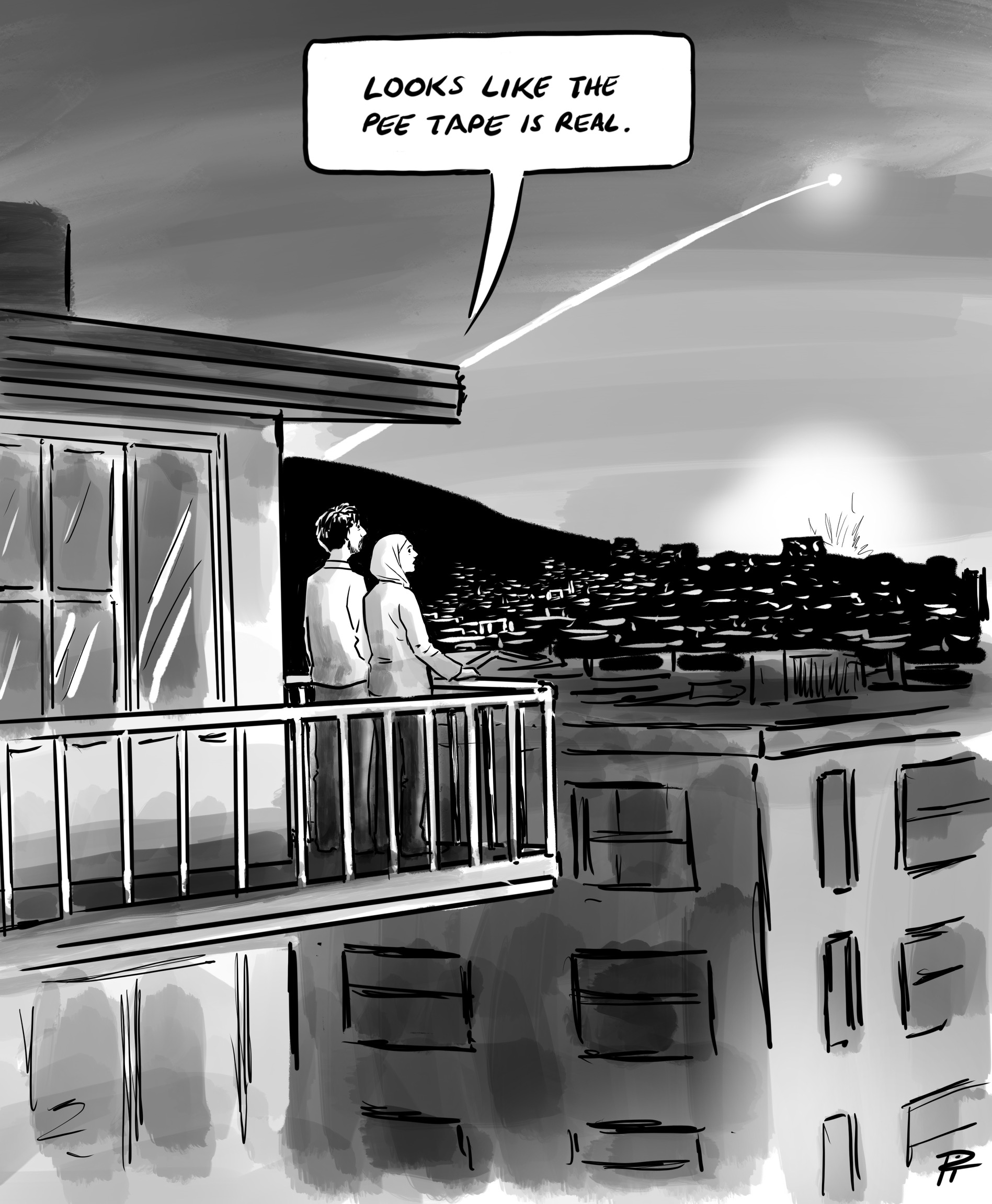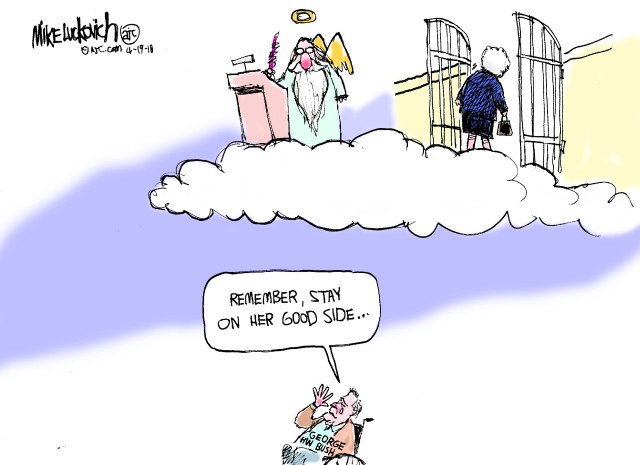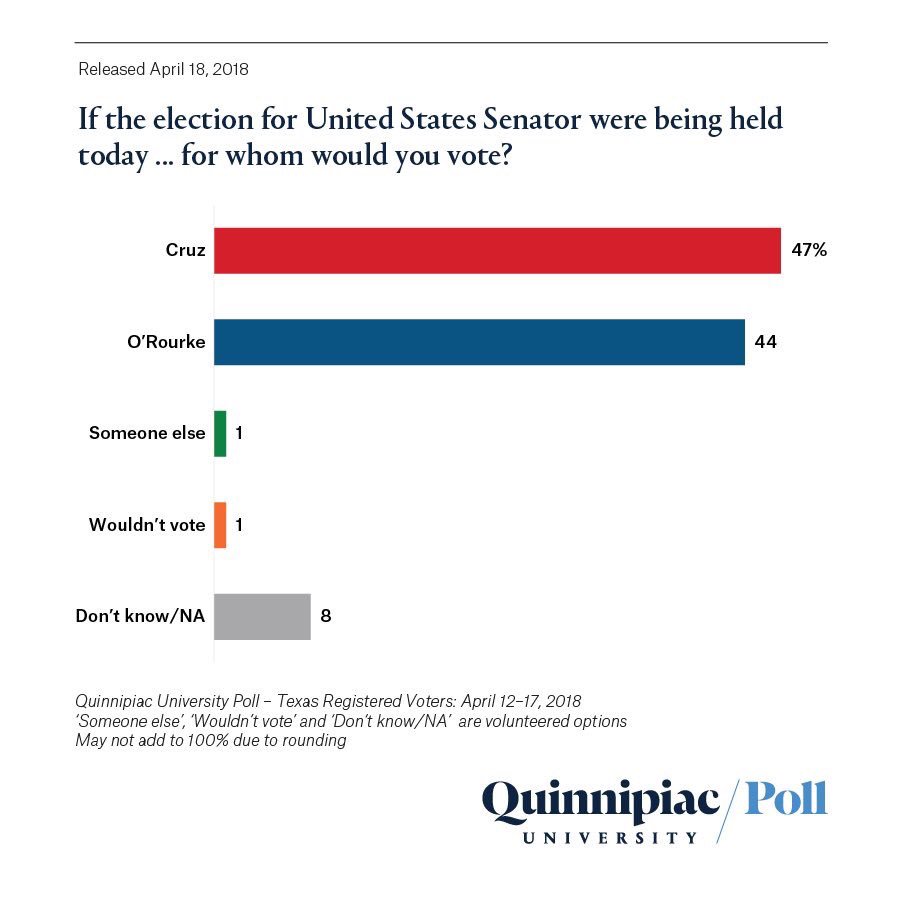Sunday, April 22, 2018
Friday, April 20, 2018
Don't Bet on Bob just yet
I thought I would wait until the squealing about fundraising and polling died down before raining on the parade. (I should add that YouGov has been in the field polling Texas races for about two weeks, perhaps longer, right down to my -- that would be TX-07 -- Congressional tilt, and those results should hit the media any day now.) As we know, Quinnipiac from earlier this week showed the Rafael-Robert contest within the poll's margin of error.
As others have pointed out, registered voters ≠ likely voters, and O'Rourke still needs to lift his name recognition, ultimately with the dreadfully expensive teevee advertising buy. Other shortfalls are mentioned by Justin Miller at the Observer.
I know a woman who could help him with his Latin@ outreach, but she's as perturbed as I am about one of recent votes. You'll have to keep counting me in one of those two 1%s in the graph above.
Though it's Jim Newell at Slate that pops all the bubbles.
This isn't even the worst news. The worst is the reality: Texas is still baboon's-ass red.
I am of the opinion that -- other than Ted Cruz, of course -- the TexTrib's Evan Smith is the biggest prima donna in the Lone Star State. That doesn't make him wrong.
Also this from Smith:
As others have pointed out, registered voters ≠ likely voters, and O'Rourke still needs to lift his name recognition, ultimately with the dreadfully expensive teevee advertising buy. Other shortfalls are mentioned by Justin Miller at the Observer.
Though he’s done a good job of shoring up support among Democrats — and the poll shows he has a substantial advantage (51-37) among independent voters — it looks like most Texans still have no clue who this guy is.
The poll also reinforces the critique that he hasn’t done enough to reach out to Hispanic voters. In the Democratic primary, he failed to win a majority of votes in more than half of the state’s 32 border counties. The poll finds that his support among Hispanic voters is 51-33 percent, which is nowhere near as robust as it needs to be for him to pull off an upset.
I know a woman who could help him with his Latin@ outreach, but she's as perturbed as I am about one of recent votes. You'll have to keep counting me in one of those two 1%s in the graph above.
Though it's Jim Newell at Slate that pops all the bubbles.
The gap between potential and likely voters in Texas is vast, and it’s particularly vast for the voters O’Rourke is relying on. Quinnipiac’s poll is weighted to the demographics in the state’s Census count, as is “protocol” for these early polls of registered voters, James Henson, director of the University of Texas–Austin’s Texas Politics Project, told me on Wednesday. That likely means that it over-counts Hispanic voters. Henson has seen this story before. “In Texas, Hispanic turnout -- and therefore Democratic turnout --is always lower than the weighted sample,” he said in an email. “It’s a standard dynamic here.”
The poll also showed noticeably liberal preferences among independents, even though Texas independents tend to be more right-leaning. Independents in Texas supported Trump over Clinton by 14 percentage points in 2016, according to exit polling, but the Quinnipiac poll found only 28 percent of independents in Texas approve of Trump compared to 64 percent who disapprove. Either that group is re-aligning fast, or a demographically weighted sample of registered voters isn’t giving a crisp preview of likely voter turnout in November.
“The particular confluence of voter turnout, state demographics, and party identification in Texas in recent history meant that Democrats at the top of the state ticket generally poll much better in April than they do in the vote count in November,” Henson said.
Texas political experts with whom I’ve discussed the race over the last few months -- regardless of their position on the political spectrum -- all express exasperation at the breathless coverage of O’Rourke’s bid, which treats his grass-roots campaign against Cruz almost as prophecy awaiting certain fulfillment.
The hype reached its first crescendo ahead of the March 6 primary. Early voting for Democrats had surged, especially in major metropolitan areas. In the top 10 most populous counties, early Democratic voting more than doubled while Republicans’ share increased only marginally.
But then Election Day came, and Republicans showed up. More than 1.5 million Republicans, or 10.12 percent of registered voters, voted in the Republican Senate primary, while just over 1 million, or 6.8 percent of registered voters, voted in the Democratic Senate primary.
This isn't even the worst news. The worst is the reality: Texas is still baboon's-ass red.
The overhyped media coverage leading into the primary obscured the real gains Democrats might be making in the state. “If you strip away the unrealistic expectations, this will probably be a good cycle for the Democrats, one of the best they’ve had in a long time,” Henson said. “But it’s kind of hard to write a headline, to build a narrative, whether you’re a reporter or a Democratic fundraiser or candidate recruiter that says, ‘Democrats: Inching Back from Near Death.’ ”
And inching back from near death is a far cry from beating Ted Cruz.
[...]
The Cruz campaign sees Texas as rigidly red with few persuadables among likely voters.
“Basically every quarter, we score the voter file … using predictive analytics and a series of algorithms we built out over the state of Texas going back to 2012,” Cruz’s pollster, Chris Wilson, told me in an interview shortly after the primary. “And every quarter, the file is more Republican than it was the prior quarter.”
To give you a sense of the granularity through which the Cruz campaign is looking at the data and targeting voters accordingly, Wilson, who’s also the pollster for Texas Gov. Greg Abbott, shared a figure with me.
“I’ve already built out the models for the fall, the general election,” he said. “And I can tell you that as of today, there are exactly 2,068,746 voters in Texas that do not currently plan to vote, but if they did vote, would vote for Greg Abbott. And they’d vote Republican.”
In order to win, O’Rourke needs to accelerate one aspect of very recent Texas political history—Republicans’ weakening in major metropolitan areas—and defy the low-turnout trends that have doomed other recent, initially optimistic efforts to “turn Texas blue.”
For the former, as Henson put it, O’Rourke needs to “hasten the decay” in the “inner suburban rings where there are some signs of the decay of previous Republican advantages.” That decay, he says, is probably “slightly more prosperous minority voters that you want to get to vote,” along with swaying “upper-middle-class Latinos that are voting Republican.”
I asked him about another demographic that Democrats are always eager to predict as a just-around-the-corner en masse defection from Donald Trump’s GOP: Republican women. Henson shared with me some recent polling results of Republican women that showed only 29 percent of them had a favorable opinion of the Federal Bureau of Investigation, and that a plurality felt the recent attention towards sexual harassment was leading to the unfair treatment of men. Similarly, only 17 percent viewed the #MeToo movement favorably.
“Republican women are not very persuadable,” Henson said.
I am of the opinion that -- other than Ted Cruz, of course -- the TexTrib's Evan Smith is the biggest prima donna in the Lone Star State. That doesn't make him wrong.
“I believe there are probably enough people who identify as Democrats or progressives in Texas that if they all turned out to vote, you’d have competitive elections,” Evan Smith said in the Vox interview. “And if I were 6 foot, 8 inches, I’d be playing basketball for the New York Knicks.”
Also this from Smith:
The #tx2018 #txsen race laid bare:@BetoORourke is running against @POTUS@tedcruz is running against @NancyPelosi— Evan Smith (@evanasmith) April 20, 2018
This is gonna be fun #txlege https://t.co/HuYSRNThgQ
You may have already seen in the Q-poll data that Texas voters won't be casting their ballots as a referendum on Trump. If you didn't, here you go.
President Trump will not be an important factor in their U.S. Senate vote, 43 percent of Texas voters say, while 26 percent say their vote will be more to express support for Trump and 27 percent say their vote will be more to express opposition.
Finally there's the money, and I'm not talking about the PACs O'Rourke claims he doesn't use (a poor prevarication) and the ones Cruz will have coming to his rescue if the race actually does show close later in the year. Greg Abbott is leading both Average White Guy and Lupe Valdez by a comfortable margin and sits on a $45 million wad, with more at his fingertips to rake in. If Lyin' Ted is actually in trouble, Abbott will shoot that wad all over the state's broadcast media to ... you know, turn out the baboons. More bad news: Ted is running scared, so he's scaring the base and pandering to Trump. This is what happened when Texas Democrats cackled with glee about the March early voting numbers. The TXGOP is like sheep, or lemmings, or cattle; spook 'em and they stampede.
The TDP could always hire a duck to follow Ted around, I suppose.
The over/under for the US Senate race, IMO, remains 60-40 Cruz. Democrats would be wise to focus on the Lite Guv race -- Big Jolly thinks there's some GOP persuadables there, FWIW -- or the Ag Commissioner's race (why isn't Kim Olson mentioned anywhere? Ever?)
If the Texas Democratic ticket goes with Blue Dogs O'Rourke, Whiter Than White, Mike Collier, Justin Nelson ... where's your progressive base vote going to be? Where's the African American and Latin@ turnout going to be? To that question, I just don't think Joi Chevalier, Miguel Suazo, Roman McAllen, and the truly outstanding and diverse statewide judicials are enough to get it done.
Subscribe to:
Posts (Atom)






